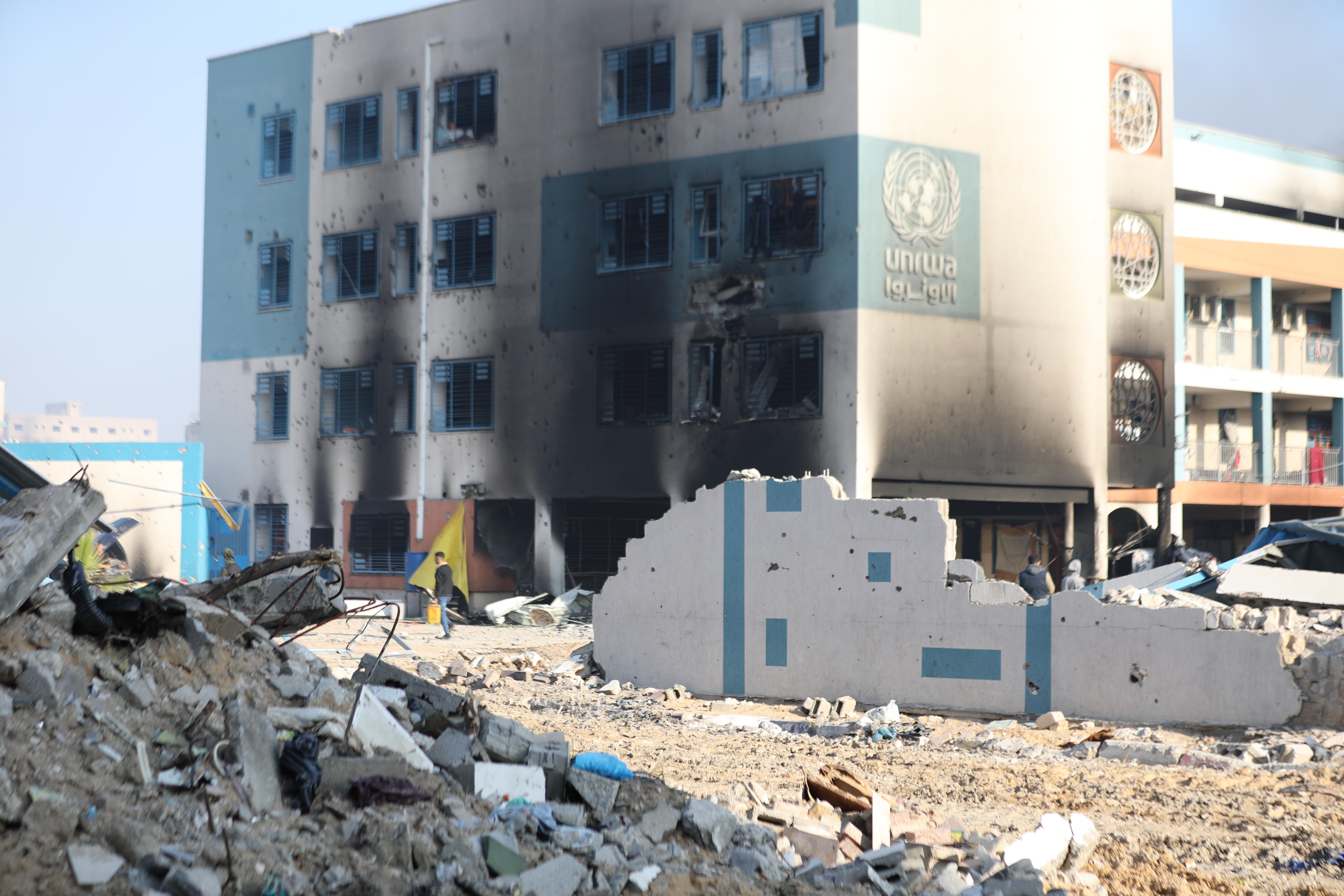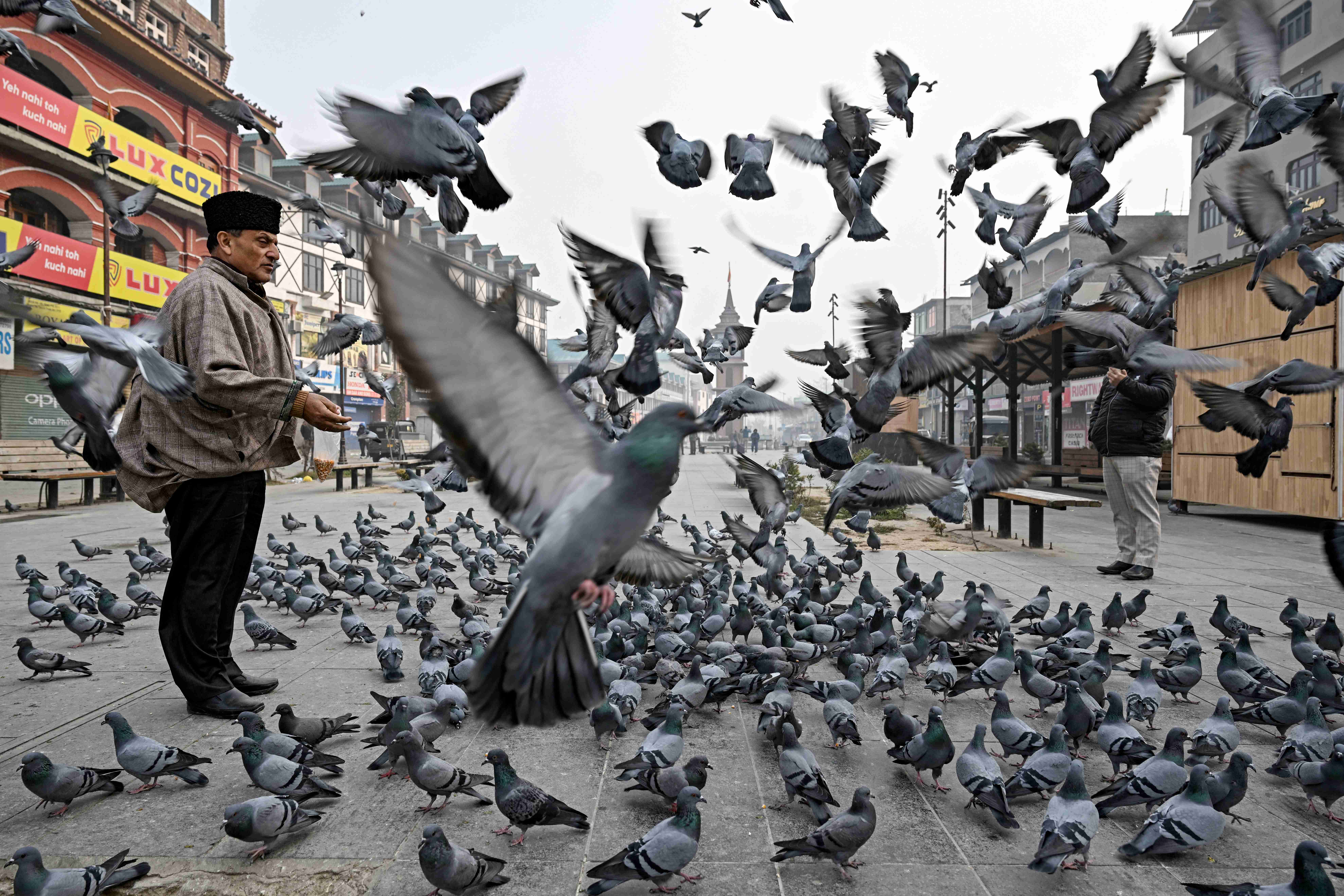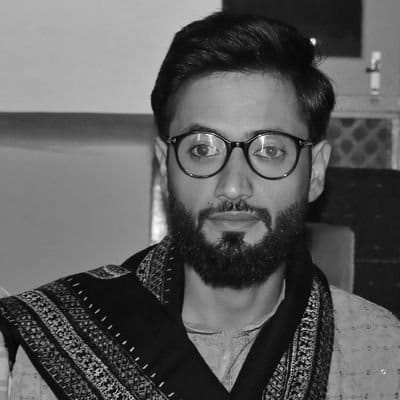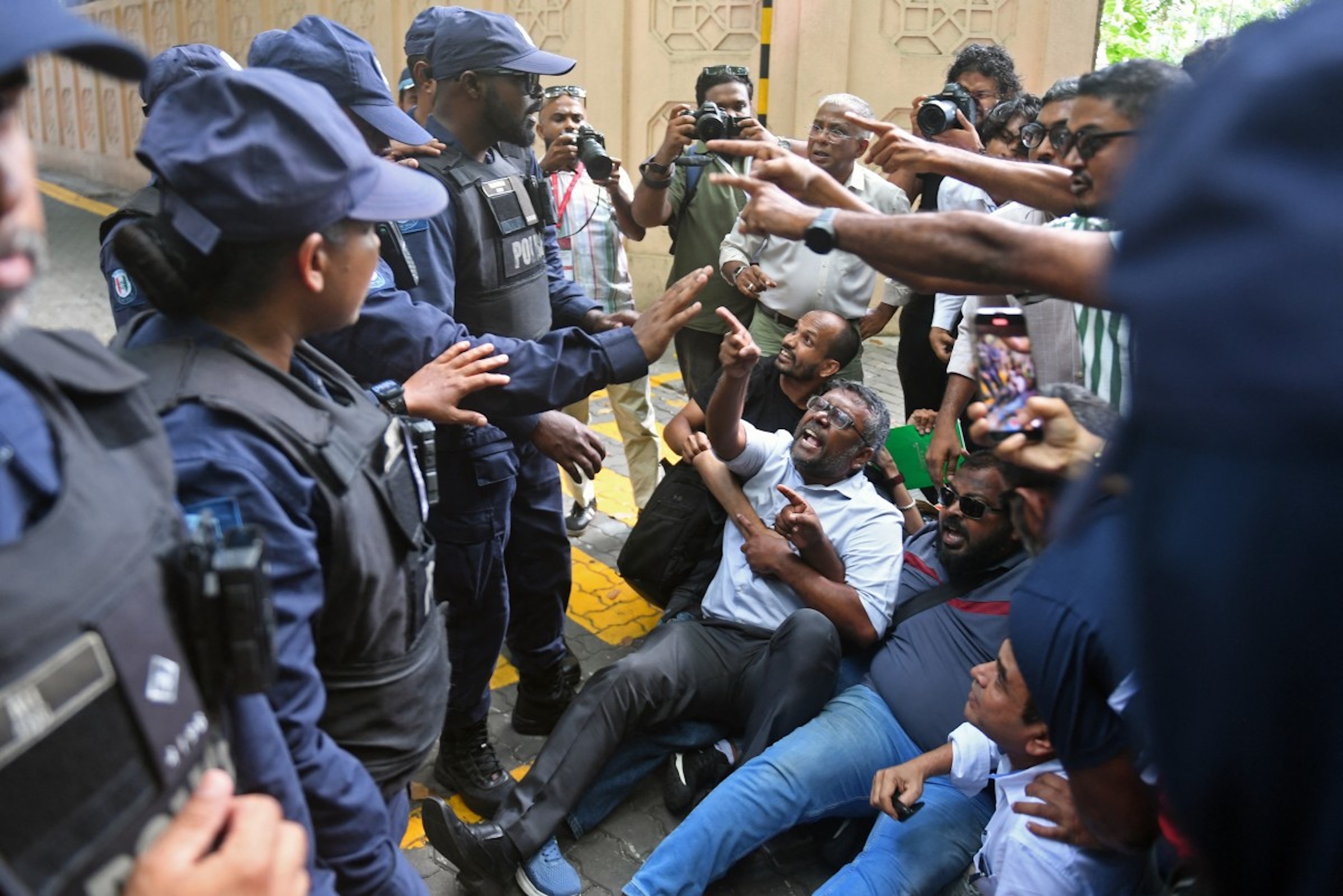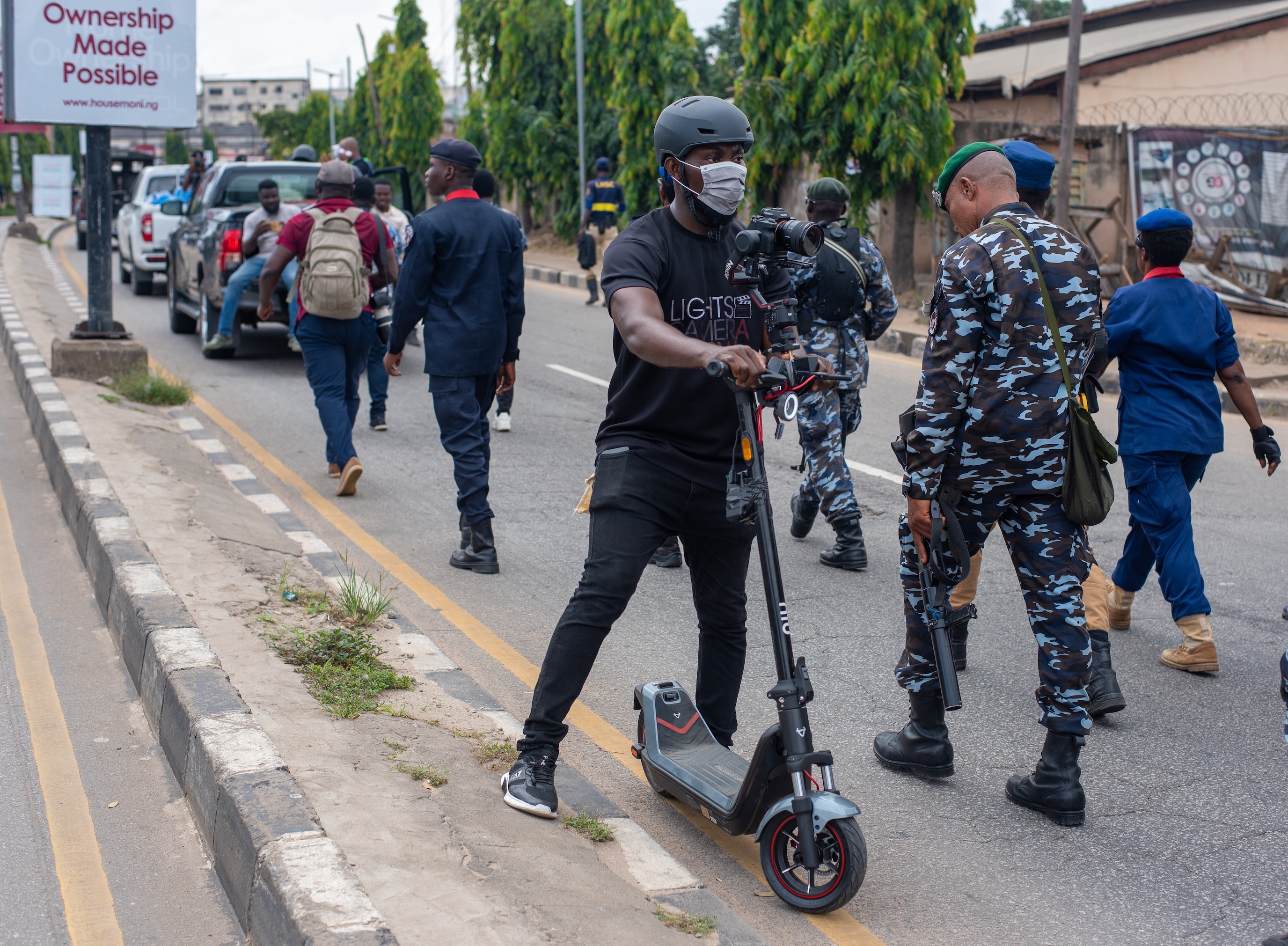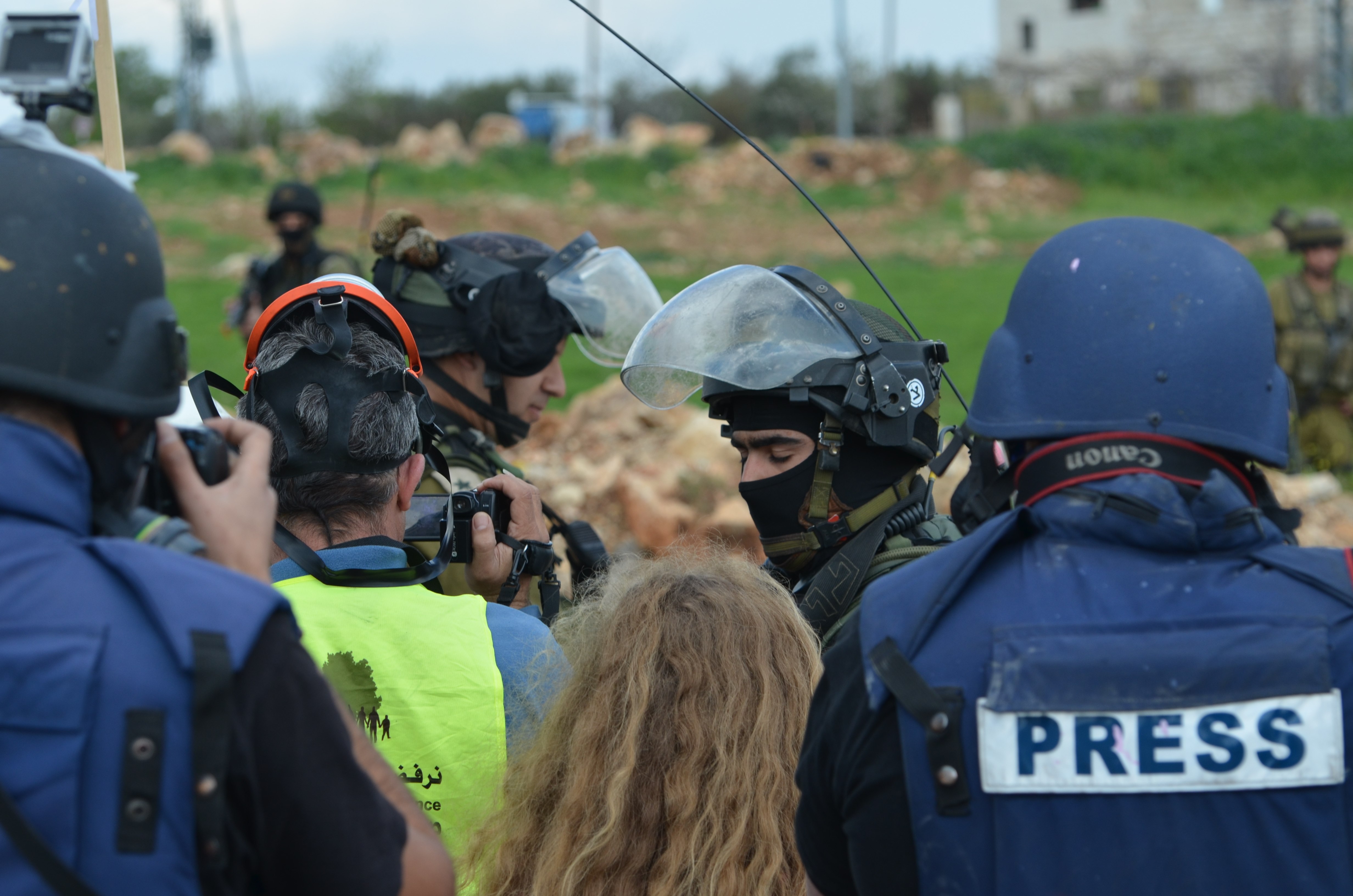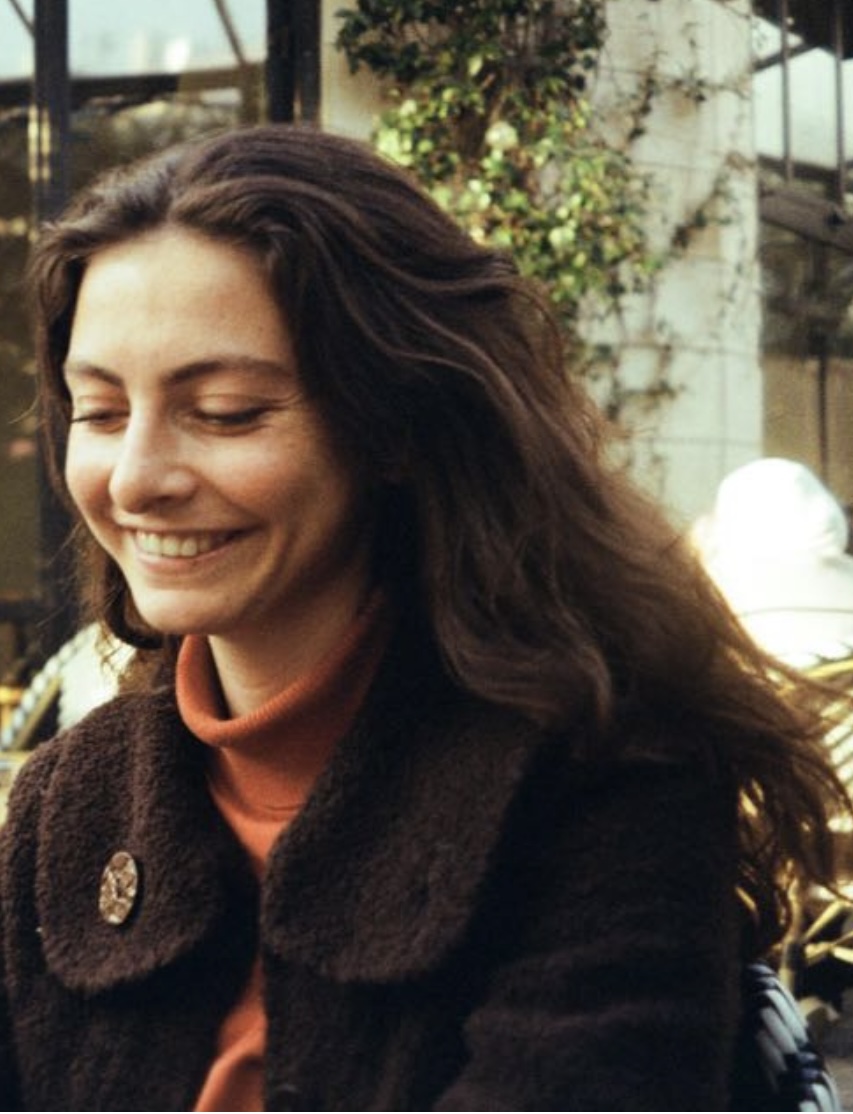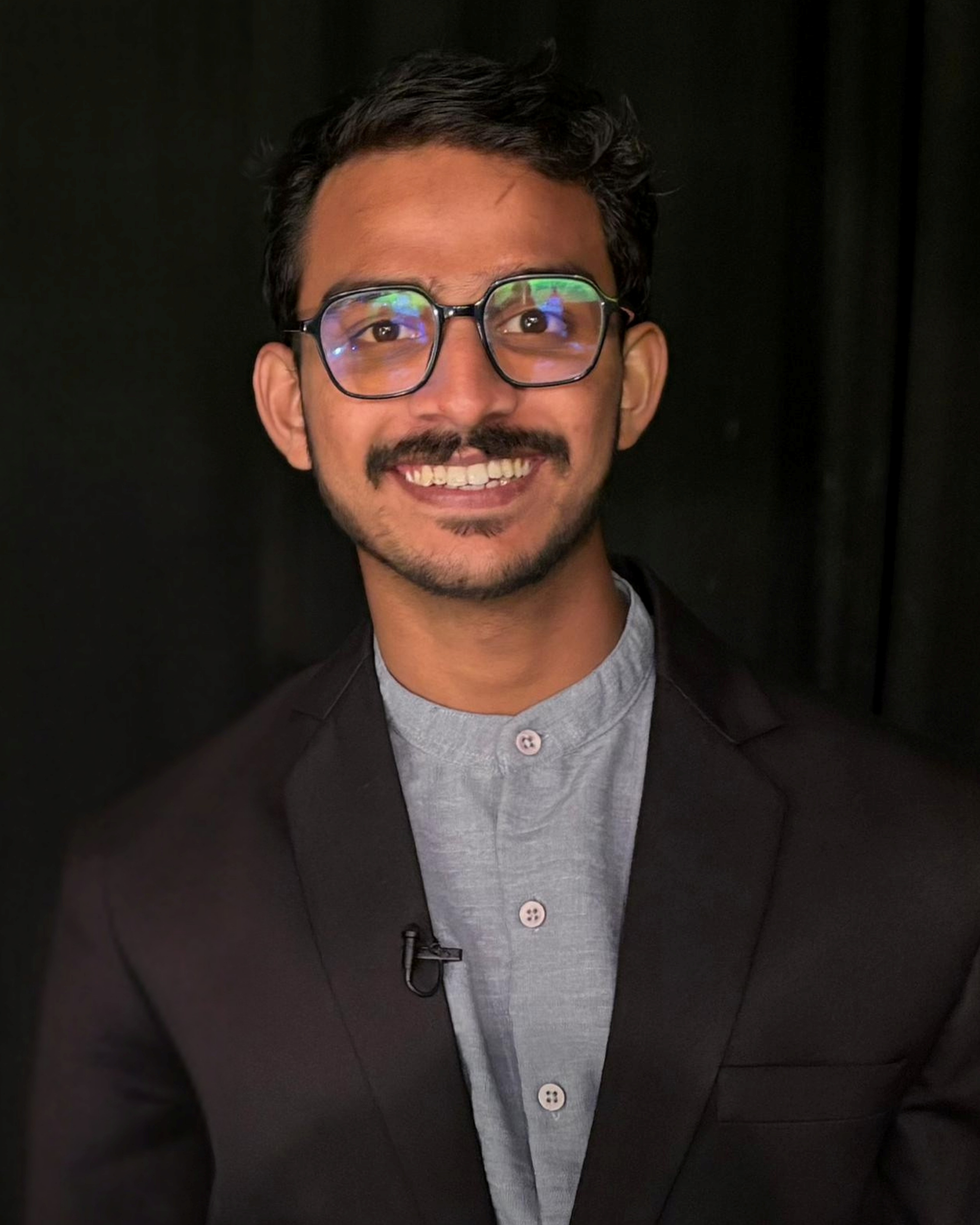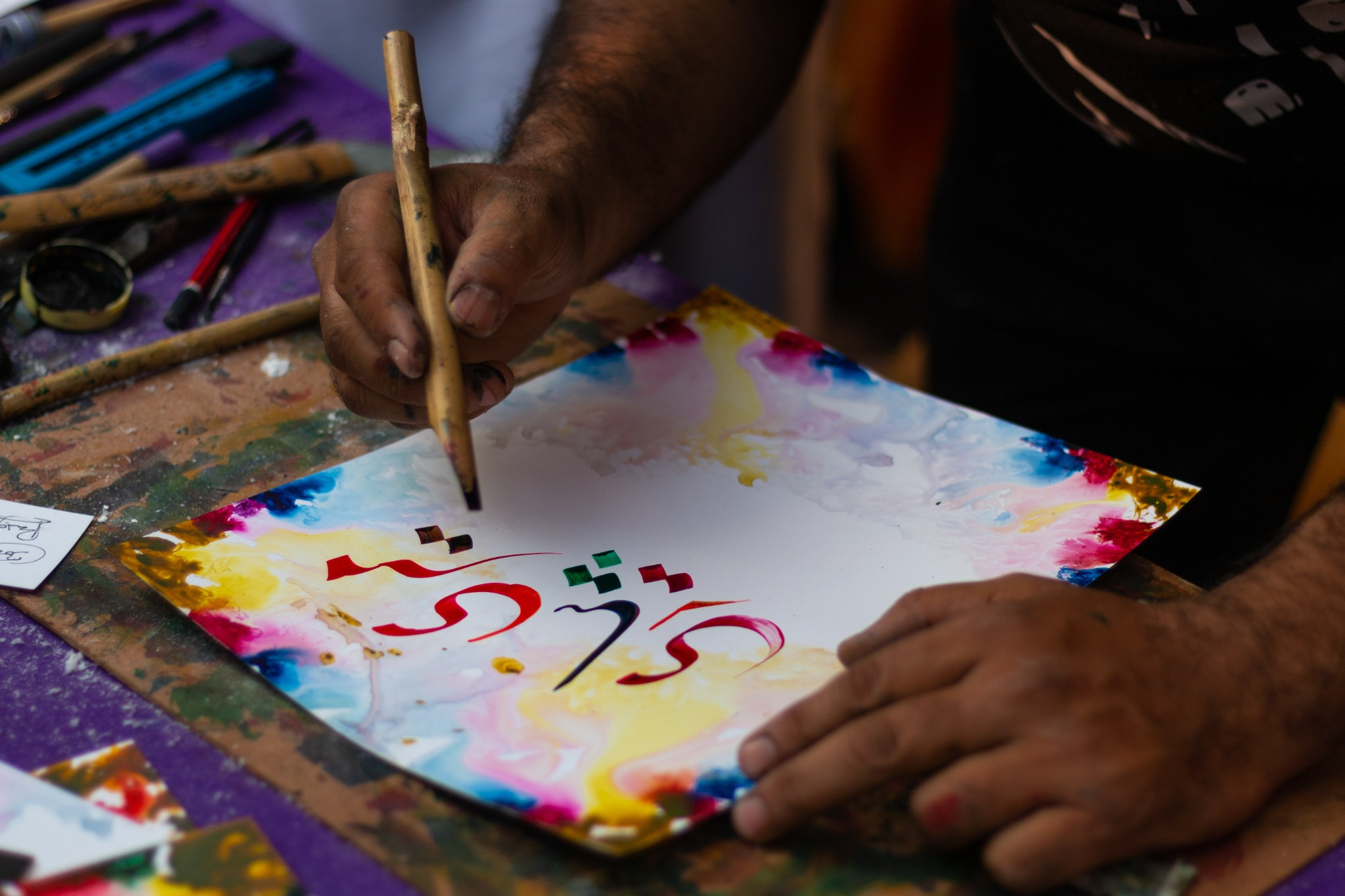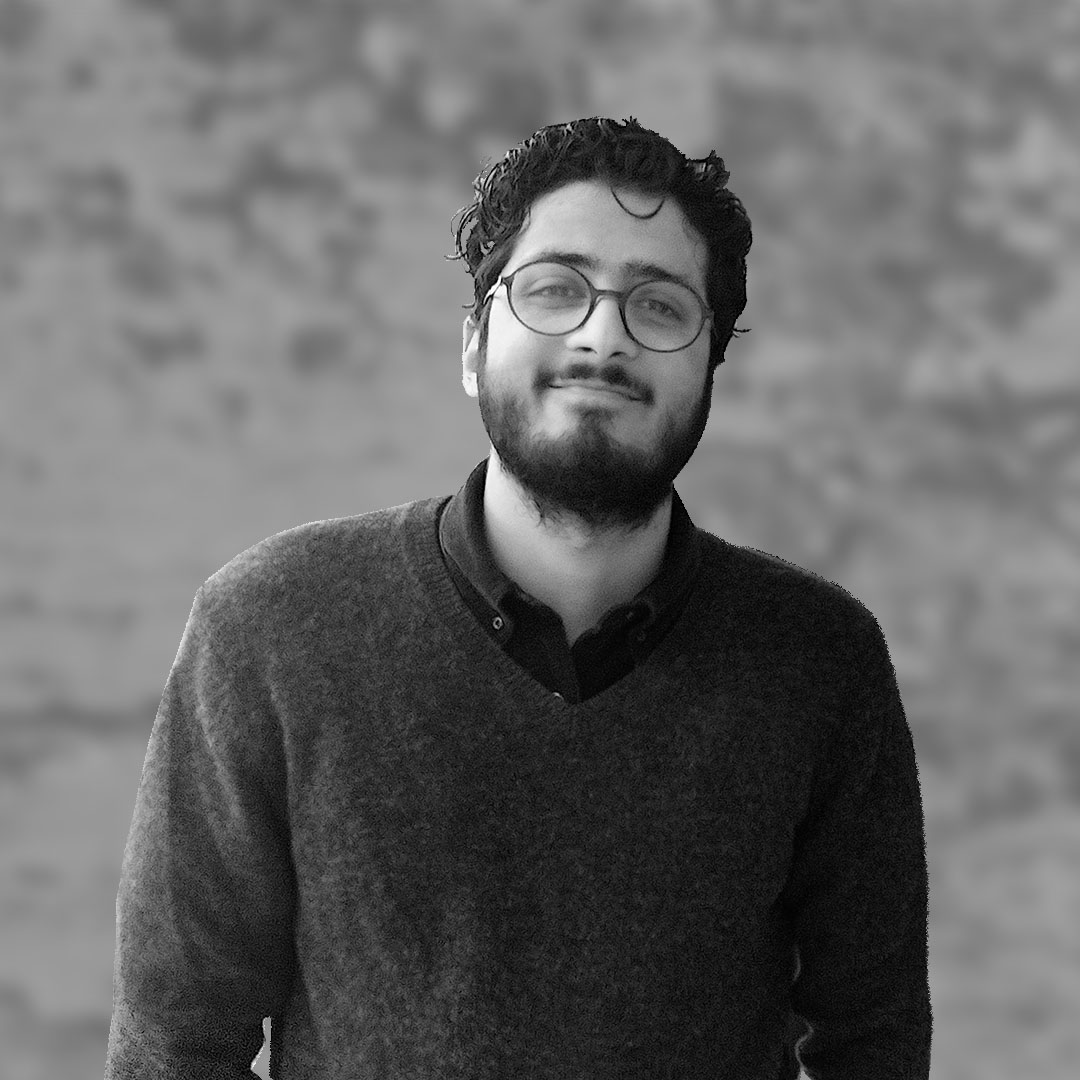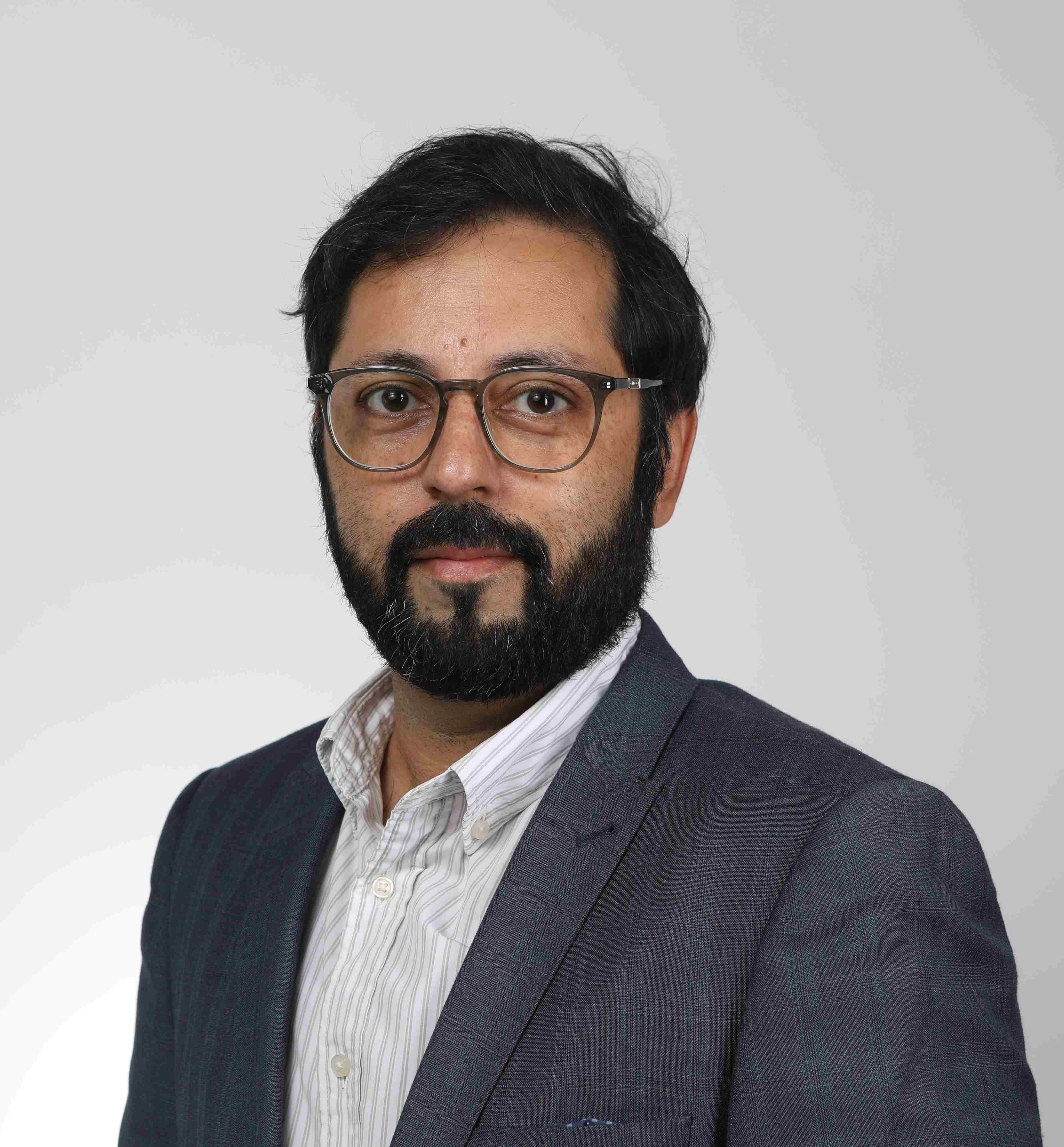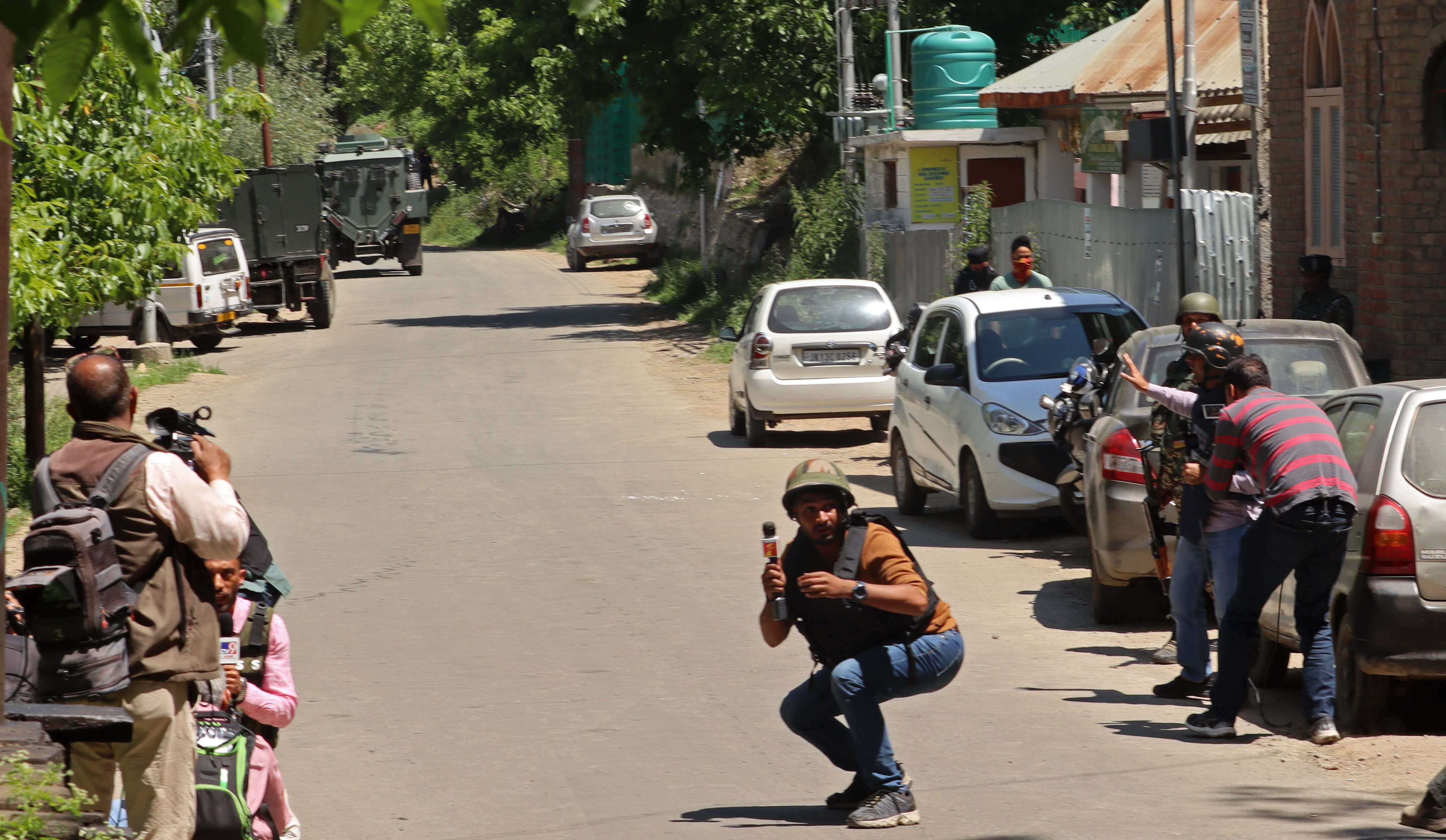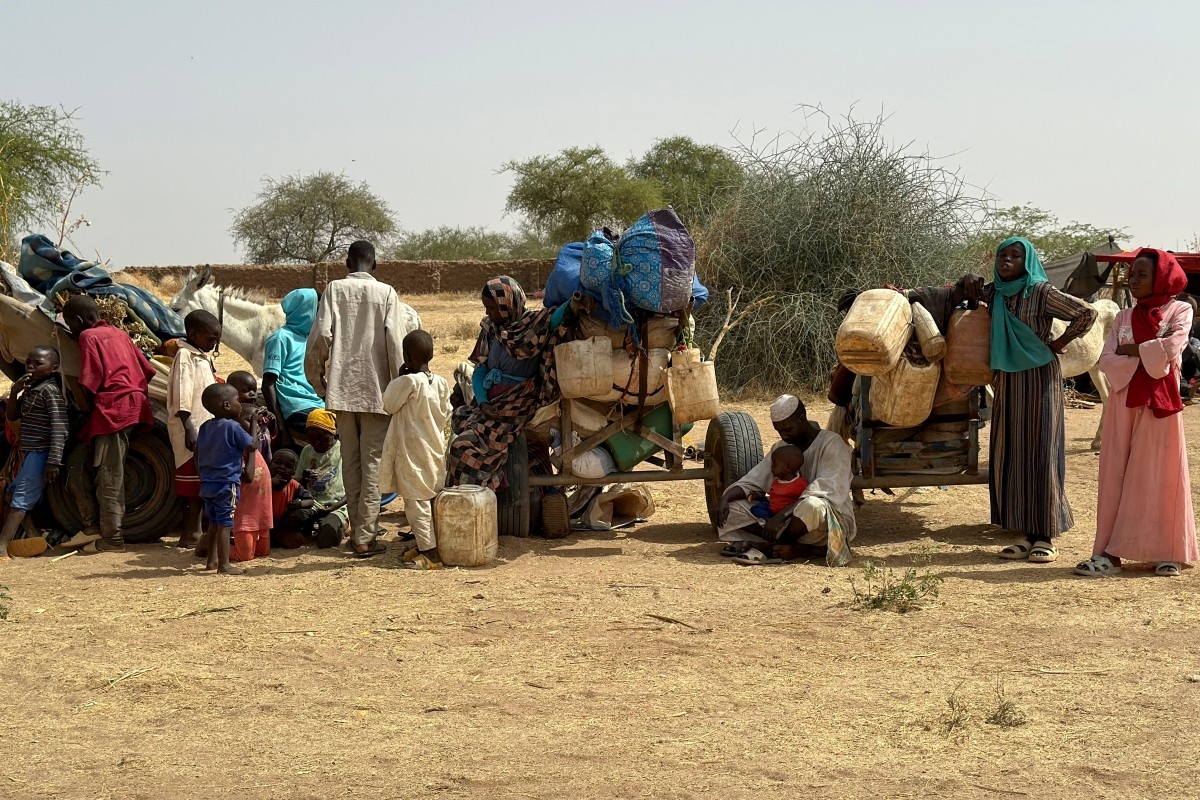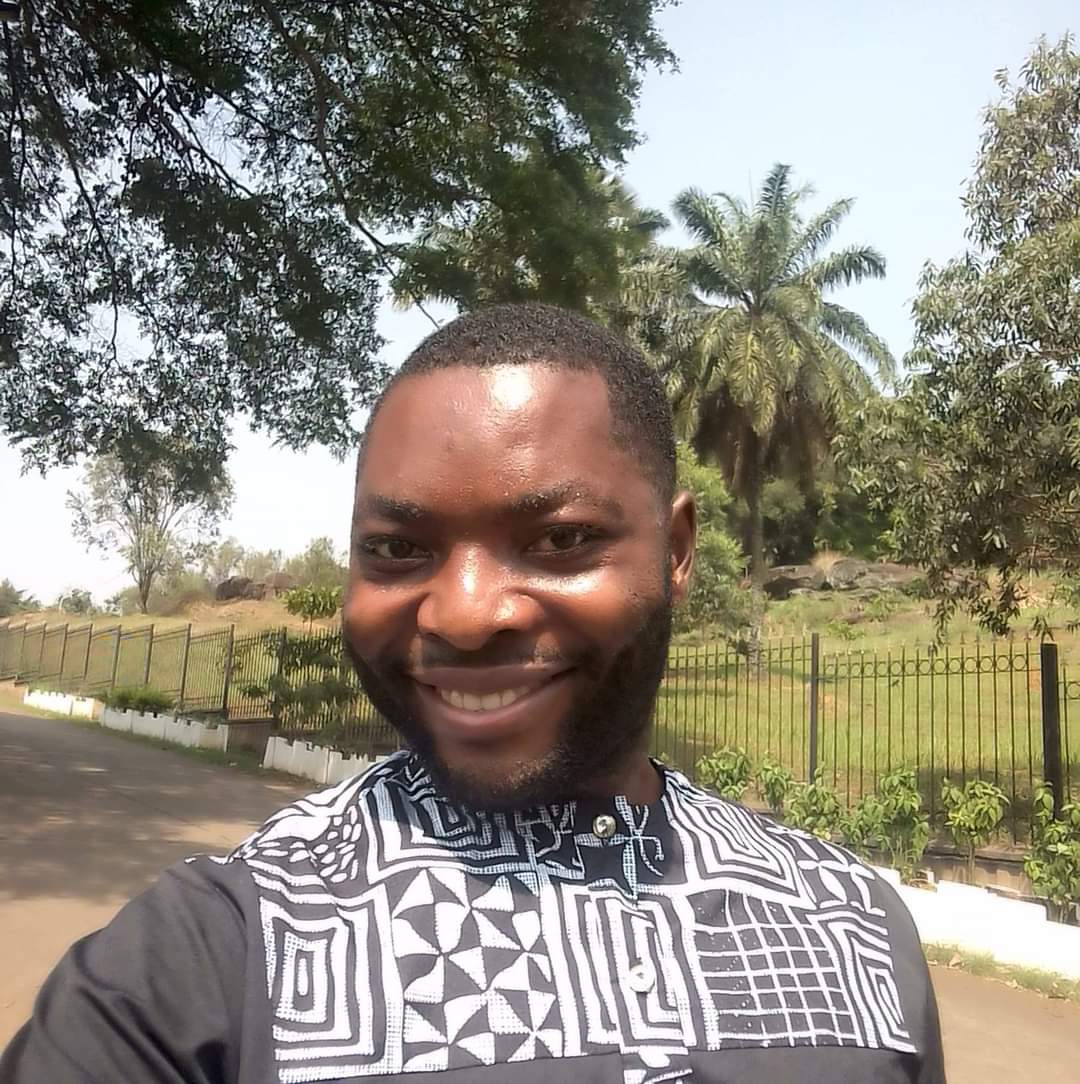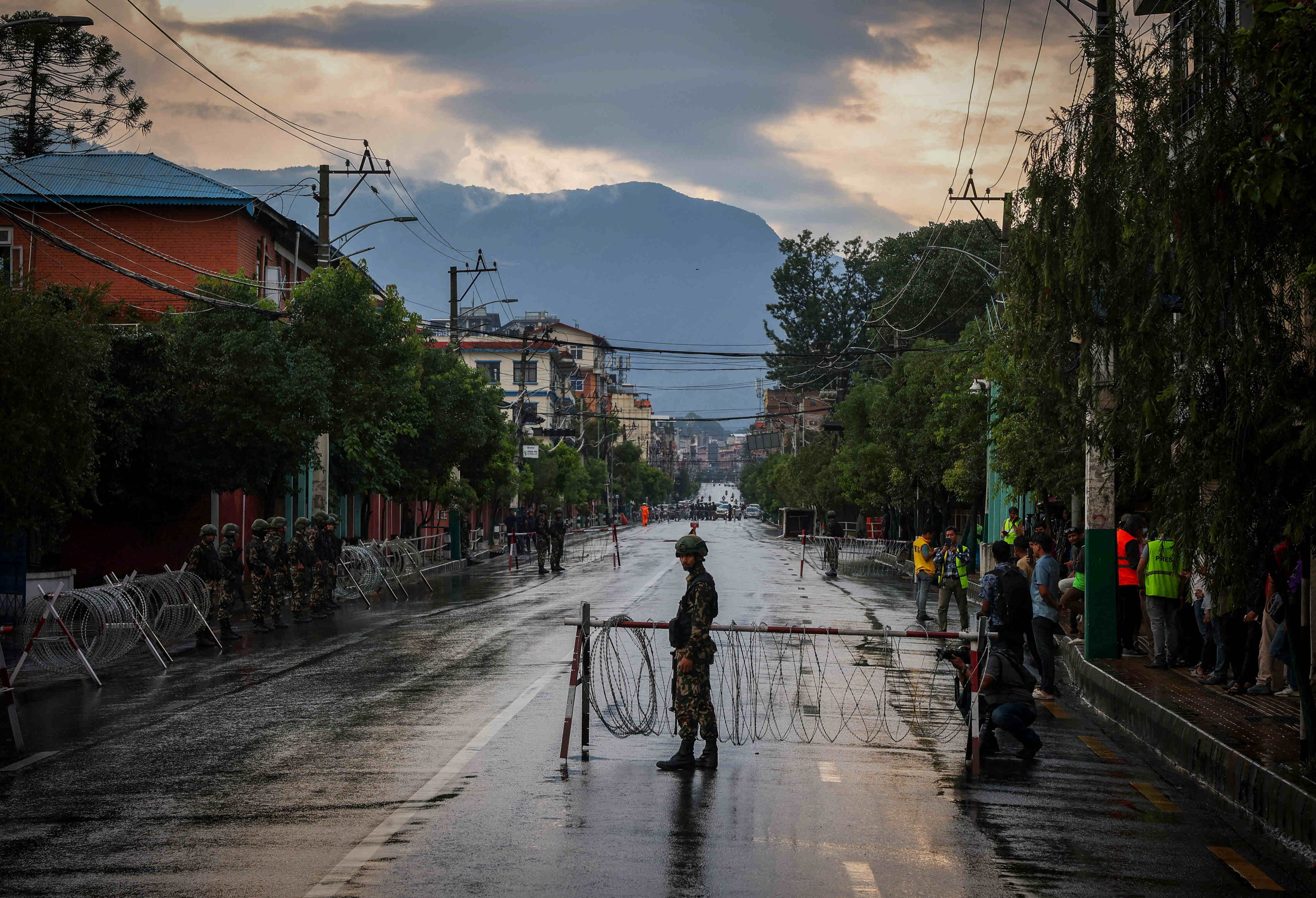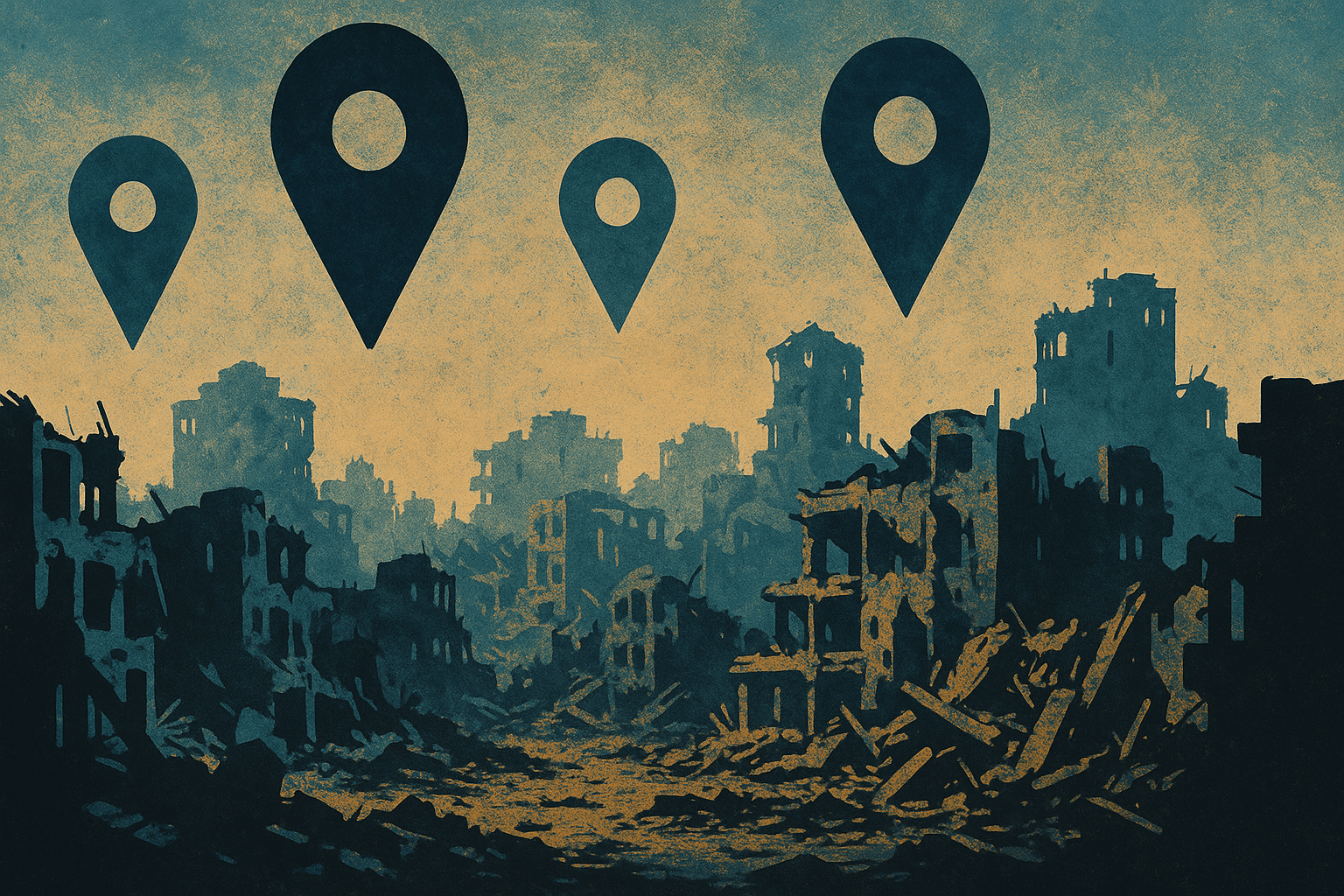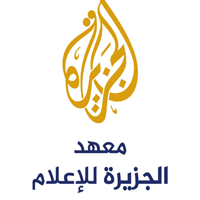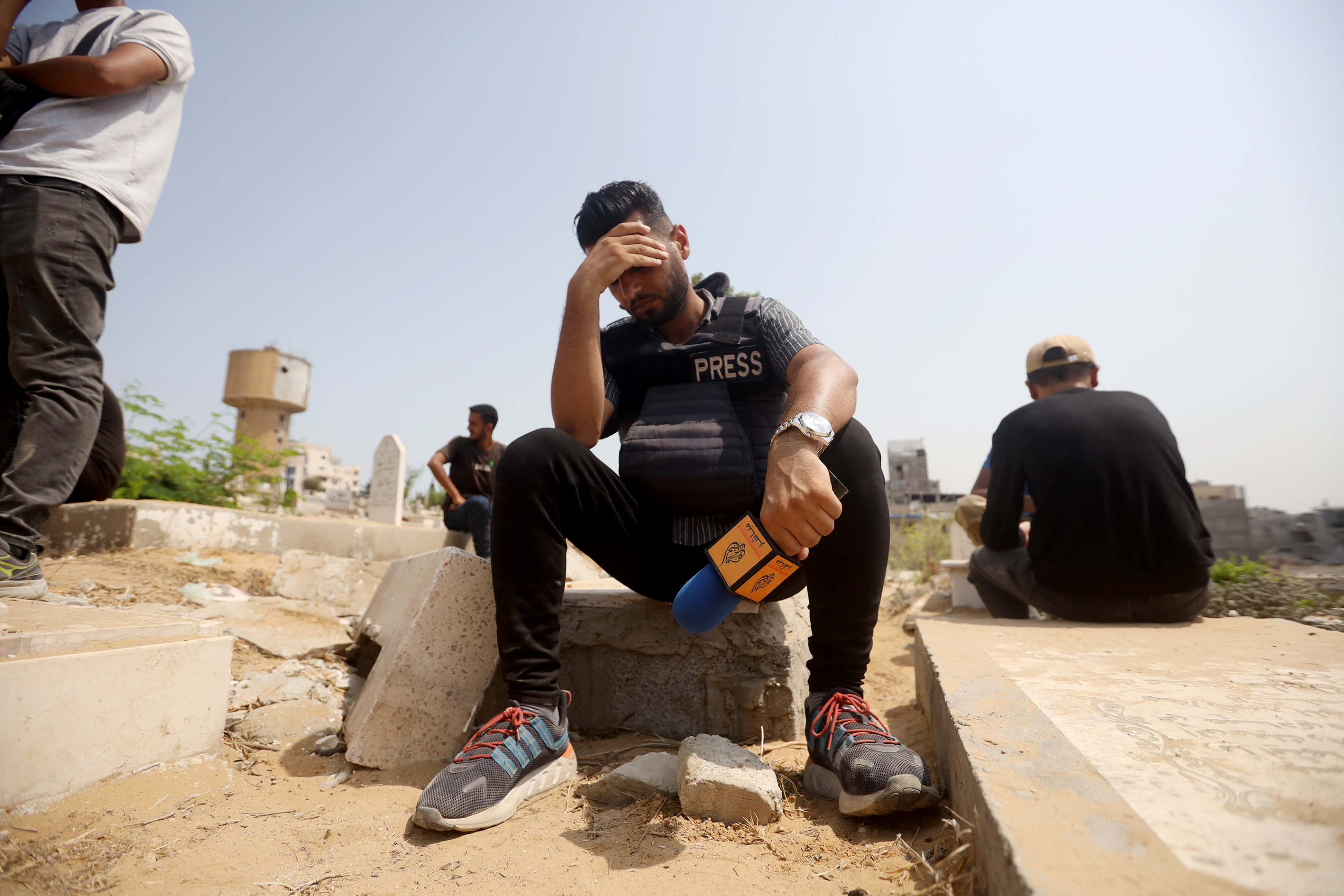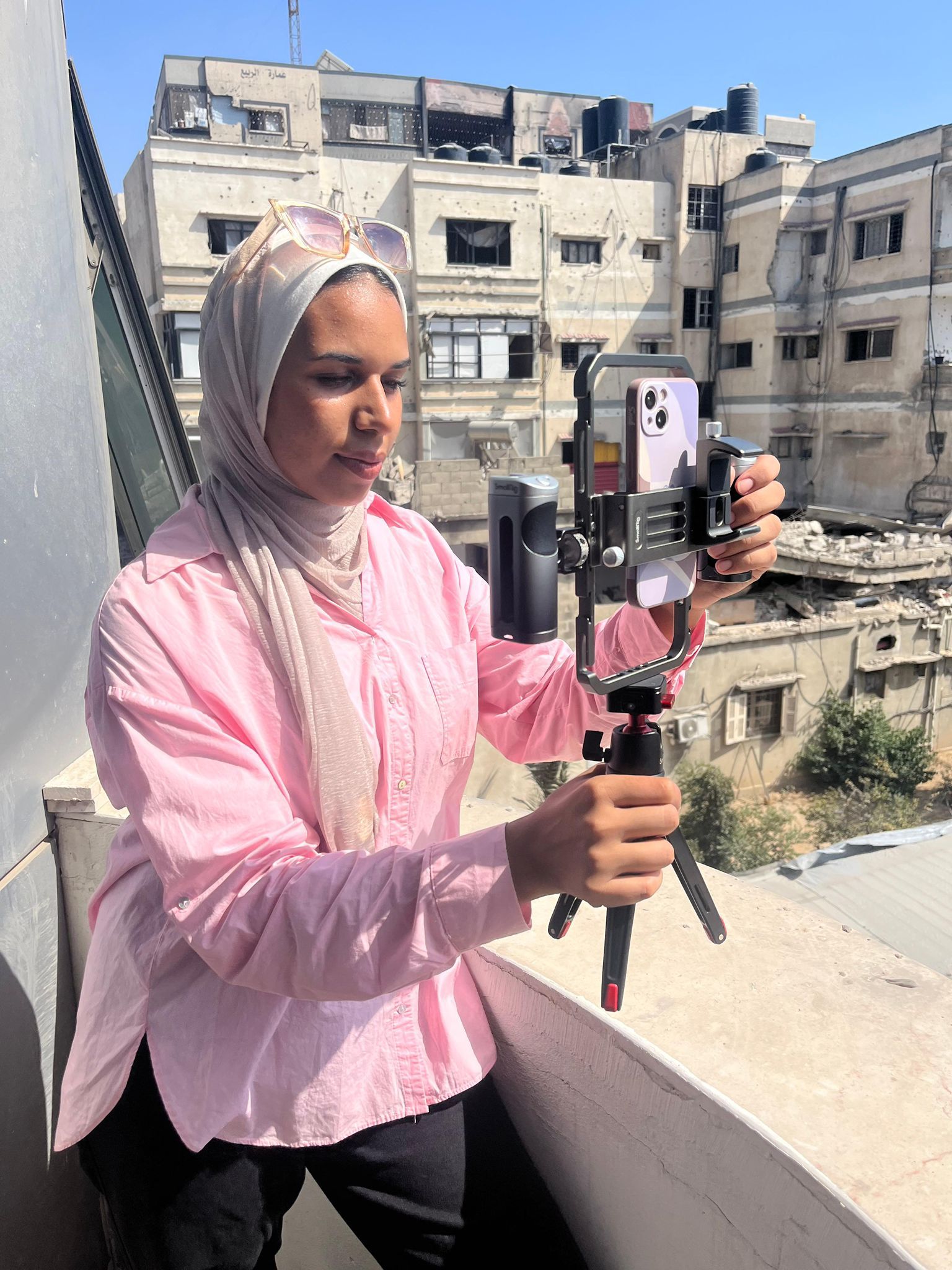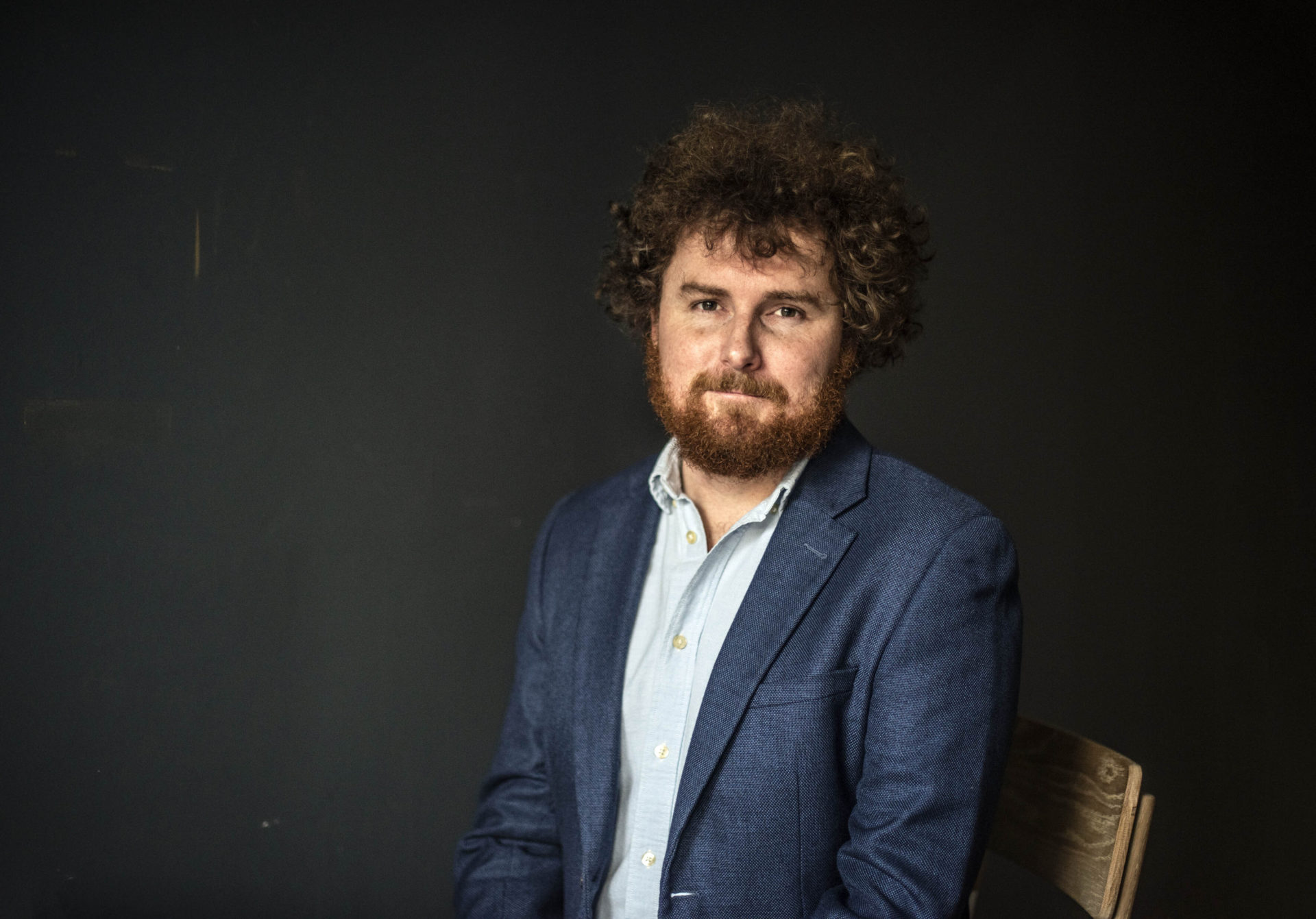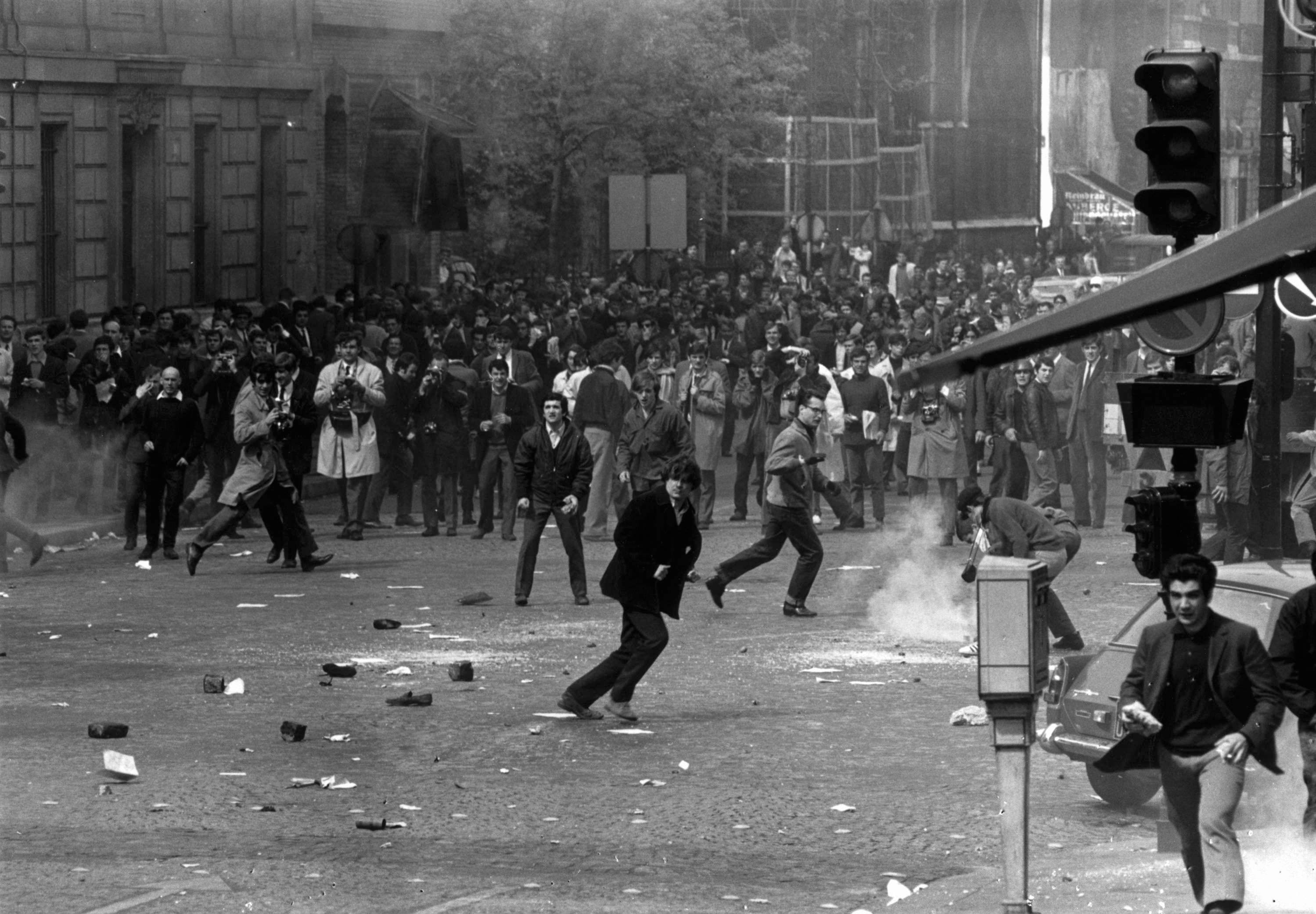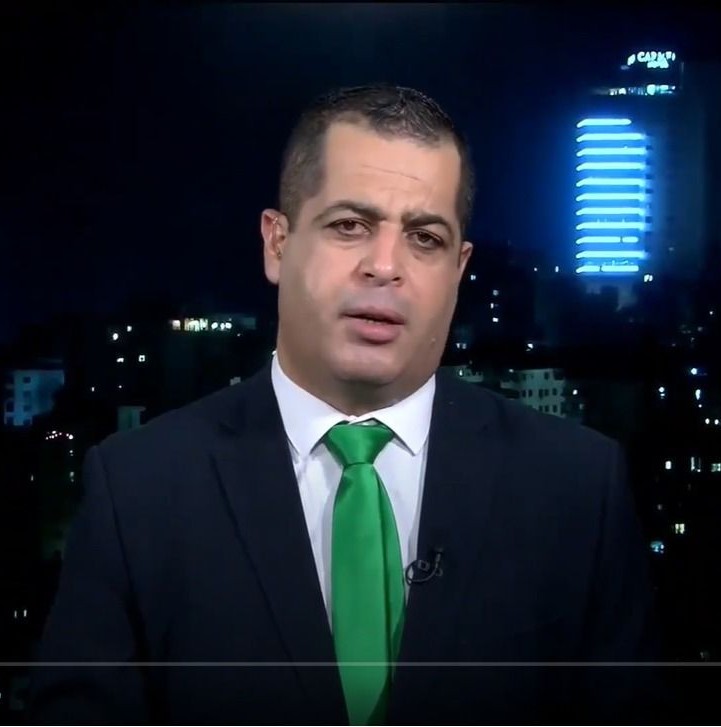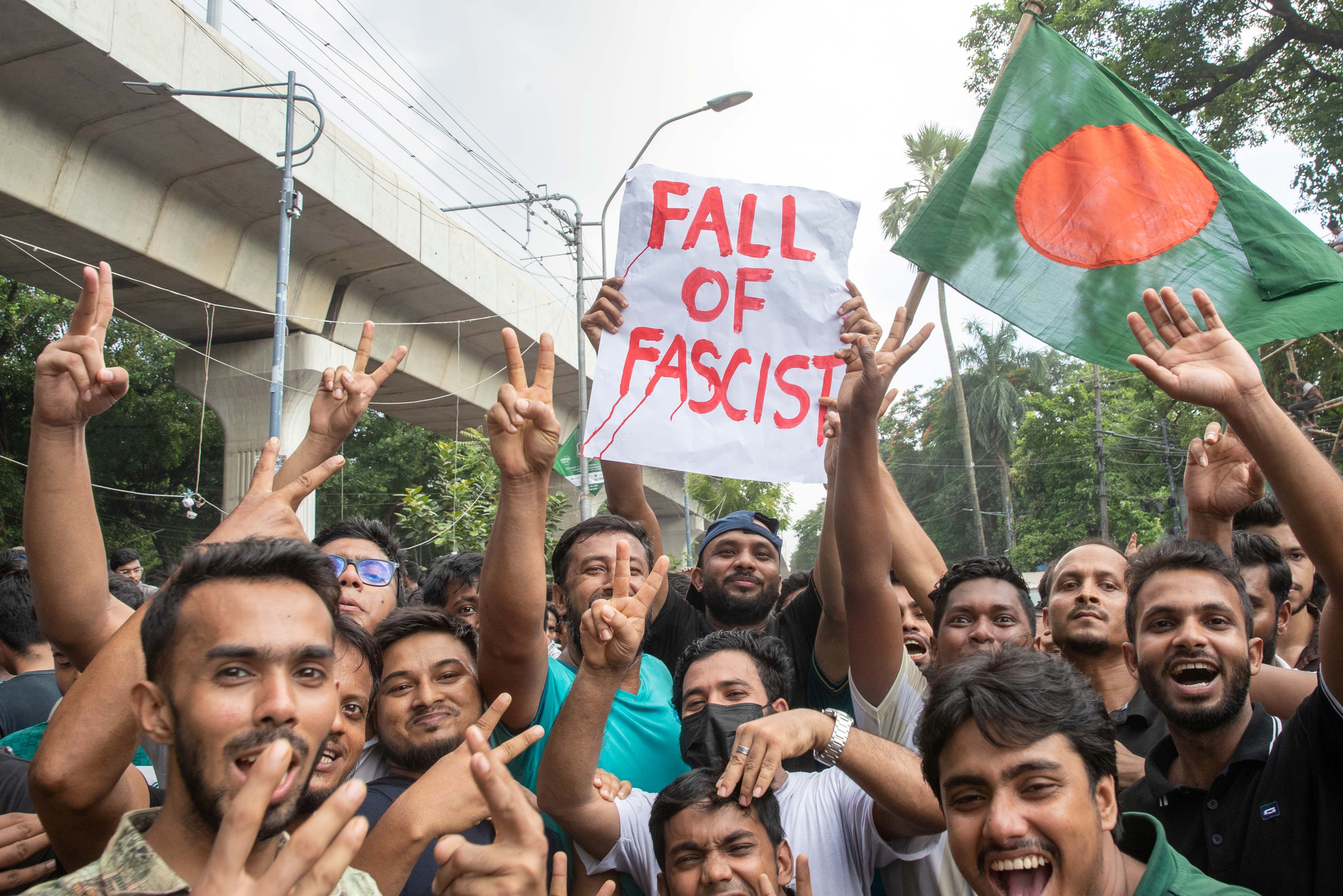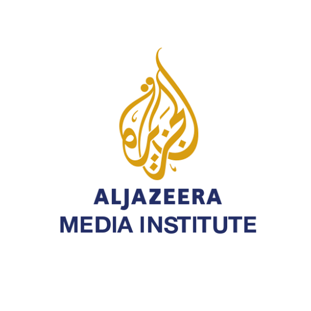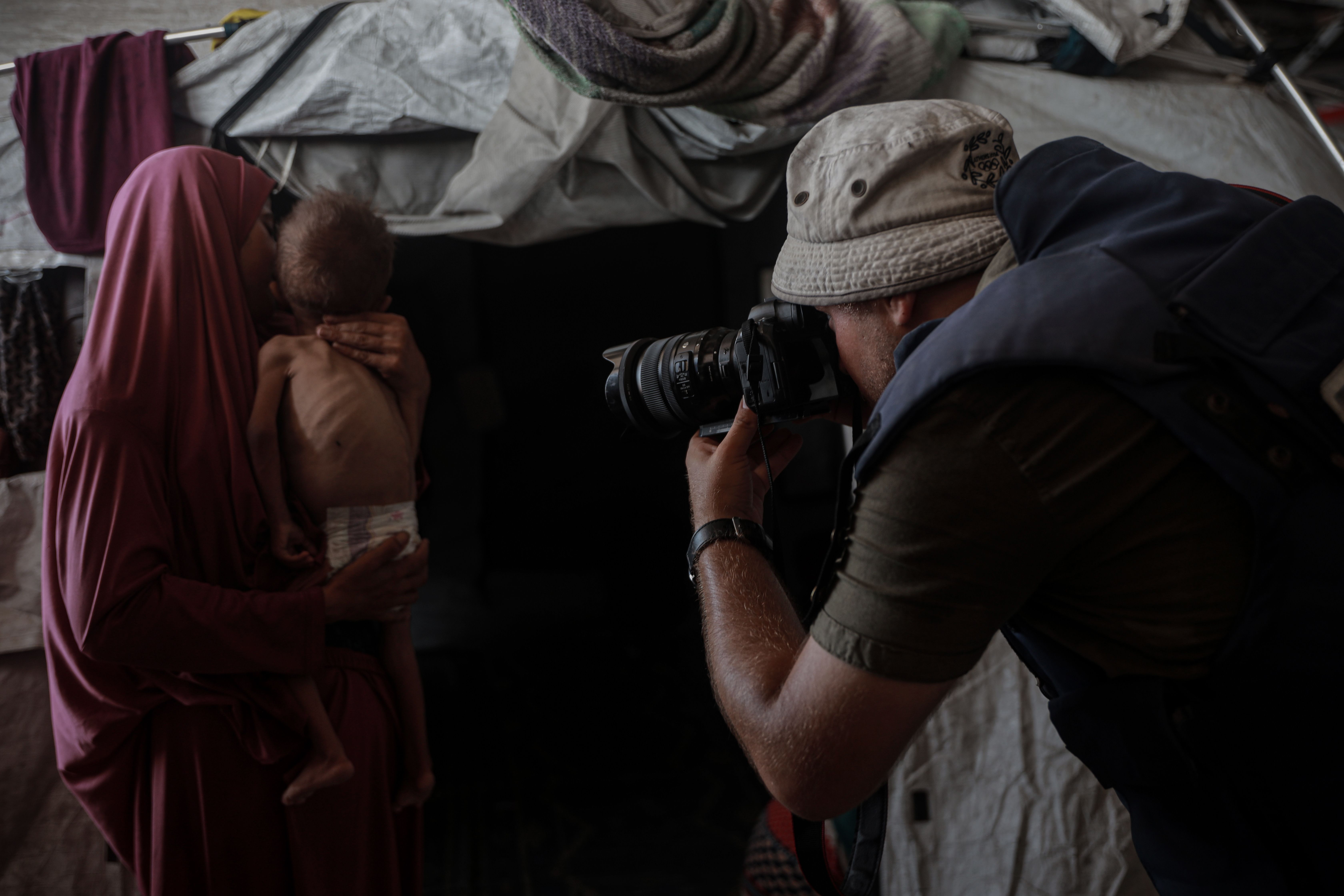ثمة نزعة ثابتة ومديدة في الإعلام الغربي السائد لمنح الأفضلية المبدئية إلى وجهات النظر الإسرائيلية في سياق حروبها على الفلسطينيين، وهي نزعة يرى بعضهم أن حدّتها قد بلغت مداها الأقصى أثناء الحرب الأخيرة التي تشنها إسرائيل على قطاع غزة، والتي راح ضحيتها زهاء 100 ألف بين قتيل وجريح ومفقود، بحسب تقديرات منظمة الصحة العالمية.
ورغم وضوح هذه النزعة وتعدد الشواهد عليها، فإن التقنيات المتطورة في جمع البيانات وتحليل النصوص أسهمت في قياس مديات هذا التحيز وتقديم أدلة بيانية عليه؛ من ذلك ما رصده موقع "ذا إنترسيبت" من أوجه التحيز في تغطية صحف أمريكية ثلاث كبرى لوقائع الحرب الإسرائيلية على غزة، وهو رصد أثبت بالتحليل الكمي لأكثر من 1100 عنوان جوانبَ خطيرة من التحيز والمفاضلة بين الطرفين وأنسنة فريق منهم على حساب الفلسطينيين، ضمن قوالب عنصرية فجة.
كما أثبت تحليل مشابه أجري مؤخرا النمط ذاته من التحيز للرواية الإسرائيلية في وسائل إعلام أمريكية سائدة، لكن عبر شاشة التلفزيون هذه المرة، من خلال برامج الحوارات السياسية الأسبوعية الرائجة؛ فعلى الرغم من الانتقادات الانطباعية العامة لطبيعة التغطية المتعلقة بالقضية الفلسطينية في مثل هذه البرامج تقليديا، فإنّ غياب الأدلة البيانية على جوانب التحيز فيها ظَلّ عائقا دون وضع المؤسسات المنتجة لها أمام موضع المساءلة.
ينوه الباحث إلى أنه حتى من بين الضيوف الأمريكيين، لم يكن هنالك أي شخص من أصول فلسطينية ولا حتى عربية.
في هذا التحليل الذي أجراه الأستاذ ويليام يومانس، وهو أستاذ الإعلام والشؤون العامة في جامعة جورج واشنطن الأمريكية، ونُشِر على موقع المركز العربي في واشنطن، تتبين للباحث جوانب التحيز الواضحة للرواية الإسرائيلية في البرامج الحوارية الأربعة الأكثر شهرة وتأثيرا في الولايات المتحدة، ولا سيما بين فئة المشاهدين فوق 54 عاما، وهذه البرامج هي:
1 - Meet the Press | قناة NBC
2 - Face The Nation | قناة CBS
3 - This Week | قناة ABC
4 - Fox News Sunday | قناة FOX
لقد حاول الباحث التدليل على التحيز في البرامج الأربعة خلال الأشهر الثلاثة الأولى من الحرب الإسرائيلية على غزة في أعقاب عملية المقاومة في السابع من أكتوبر 2023، عبر بناء قاعدة بيانات تتألف من نصوص الحلقات التي نُشِرت على القنوات الأربع المذكورة بين 8 أكتوبر/تشرين الأول 2023، وحتى 14 يناير/كانون الثاني 2024، وبمجموع 51 حلقة، بعد استثناء عدد من الحلقات التي لم تتناول موضوع الحرب على غزة بشكل مباشر، وقد ظهر فيها 140 ضيفا، مع استثناء المتحدثين الذين يعملون لدى تلك الشبكات.
وعمد الباحث إلى جمع البيانات عن الضيوف، لتحديد الجنسية ومكان العمل والانشغال المهني، كما حلل مواقفهم بشأن القضية الفلسطينية سلبا أو إيجابا أو حيادا، ثم أجرى تحليلا بيانيا لعدد من الكلمات الأساسية، لتحديد الموقف بشأن الاحتلال ووقف إطلاق النار والرهائن والضحايا وغير ذلك.
من جهة أخرى، فإن الجنسية الثانية الأكثر حضورا من الضيوف غير الأمريكيين هي الإسرائيلية، بواقع 10 استضافات في البرامج الأربعة، مقابل مرة واحدة فقط لضيف فلسطيني، وهو حسام زملط، رئيس البعثة الفلسطينية في المملكة المتحدة.
وبحسب التحليل، فإن الغالبية العظمى من ضيوف البرامج كانوا أمريكيين، وذلك بواقع 120 من ضمن 140 ضيفا، وهي أغلبية لم تكن نتاج الضرورة كما يرى الباحث؛ فصحيح أنّ البرامج أمريكية وتُبَث من الولايات المتحدة، غير أنّ الضيوف لم يشاركوا حضوريا من الأستوديو، بل كثير منهم ظهر عبر تقنية الفيديو، وهو ما يعني -بحسب الباحث- أنه قد كان من الممكن من الناحية التقنية واللوجستية الترتيب لتمثيل أكبر للضيوف، من الخبراء والصحفيين والسياسيين، من دول أخرى، ولا سيما من تلك الدول المعنية بالصراع. كما ينوه الباحث إلى أنه حتى من بين الضيوف الأمريكيين، لم يكن هنالك أي شخص من أصول فلسطينية ولا حتى عربية.
من جهة أخرى، فإن الجنسية الثانية الأكثر حضورا من الضيوف غير الأمريكيين هي الإسرائيلية، بواقع 10 استضافات في البرامج الأربعة، مقابل مرة واحدة فقط لضيف فلسطيني، وهو حسام زملط، رئيس البعثة الفلسطينية في المملكة المتحدة. أما الضيوف الإسرائيليون، فكان منهم المتحدث باسم جيش الاحتلال الإسرائيلي، والسفير الإسرائيلي للولايات المتحدة، والرئيس الإسرائيلي إسحاق هرتسوغ، ورئيس الوزراء بنيامين نتنياهو.
هذا التباين الكبير في تمثيل الضيوف على طرفي القضية ترتب عليه تباين في تمثيل وجهة النظر الفلسطينية وهيمنة واضحة للرواية الإسرائيلية وسيطرتها على طريقة مقاربة الأوضاع الميدانية الكارثية التي يشهدها قطاع غزة وتبريرها.
هذا التباين الكبير في تمثيل الضيوف على طرفي القضية ترتب عليه تباين في تمثيل وجهة النظر الفلسطينية وهيمنة واضحة للرواية الإسرائيلية وسيطرتها على طريقة مقاربة الأوضاع الميدانية الكارثية التي يشهدها قطاع غزة وتبريرها.
أما في بقية الحلقات التي كان الضيوف فيها أمريكيين، فإن الآراء المعروضة كانت في غالبيتها متعاطفة مع إسرائيل ومتحيزة لروايتها الرسمية للأحداث منذ السابع من أكتوبر. وبحسب التحليل، فإن الضيوف كانوا أكثر تعبيرا عن الرواية الإسرائيلية بمعدل الضعف بالنسبة لأي آراء تبدي تعاطفا مع الفلسطينيين، وغالبا من جوانب إنسانية بحتة؛ نظرا لأن غالبية تلك الآراء صدرت عن شخصيات تعمل مع منظمات إنسانية وإغاثية، منها منظمة "أنقذوا الأطفال" و"برنامج الأغذية العالمي" ومنظمة "أطباء بلا حدود". في المقابل، فإن ضيفين فقط ناقشا المعضلة السياسية التي يواجهها الفلسطينيون جراء الظروف التي خلقها الاحتلال وكرّسها، وهما حسام زملط وسفيرة الأردن إلى الأمم المتحدة دينا قعوار، وهو ما يثبت التزام البرامج الأربعة موضوع البحث بالخطابيات السائدة بشأن القضية الفلسطينية بين النخب السياسية في الولايات المتحدة، والتزامها بالخطوط التي تفرضها إسرائيل عبر جماعات الضغط والمؤسسات التي تتبع لها أو تموّلها هناك.
هذا التمادي في تهميش الرأي الآخر في سياق حرب يُنظر إليها في أروقة الأمم المتحدة وفي محكمتها بأنها قد ترقى إلى الإبادة الجماعية في حق الفلسطينيين، أدّى إلى حالة من التضليل العملي للمشاهدين يحول دون معرفتهم بالإطار السياقي الذي تجري فيه العمليات العسكرية التي تنفذها دولة احتلال، أو العمليات التي تنفذها فصائل المقاومة الفلسطينية في القطاع المحاصر منذ عقدين تقريبا. يجد التحليل مثلا أن كلمة "احتلال" (Occupation) قد ذكرت 15 مرة فقط في 51 حلقة، وعلى لسان الضيوف العرب وحسب، في درج توضيحهم للأسباب المباشرة الموجبة للمقاومة، المتمثلة في الاحتلال وانتهاكاته المتواصلة لحقوق الفلسطينيين، وهو ما أظهر عبر التحليل حرصَ البرامج الأربعة على تهميشه والتعمية عليه.
في المقابل، فإن التحليل رصد تكرار كلمة "رهائن" (hostages) بواقع 529 مرة في 51 حلقة؛ أي بمعدل عشر مرات على الأقل في كل حلقة. وعلى الرغم من كون الأسرى الإسرائيليين مادة للتفاوض، من أجل إطلاق سراح أسرى فلسطينيين لدى إسرائيل نسبة كبيرة منهم من الأطفال والنساء ومن الموقوفين الإداريين بلا أي تهم، فإنه لم يُتَطرَّق لهذه الفئة إلا 17 مرة، في دلالة واضحة على مقدار التمييز لصالح الإسرائيليين في هذا السياق والحرص على أن يقتصر أي تعاطف على قصصهم وحسب.
ينوّه الباحث أيضا إلى أن هذا التمييز يتجلى في تفادي معظم الضيوف الإشارة إلى الضحايا في غزة بأنهم "فلسطينيون"؛ فوفق التحليل لنصوص البرامج موضوع الدراسة، ذُكِرَت كلمة "إسرائيل" 2,822 مرة، في حين لم تُذكَر كلمة فلسطين أو الفلسطينيين سوى 456 مرة. أمّا كلمة "حماس" فكانت حاضرة بنحو الضعف؛ إذ تكرر ذكرها من قبل الضيوف بواقع 1108 مرة، وهو ما يشير إلى اتجاه تحريري سائد في عدد من وسائل الإعلام الغربية لتصوير الحرب على أنها تجري بين إسرائيل وحماس. كما أوضح التحليل أن الإشارة إلى "الفلسطينيين" قد كانت شبه غائبة بالكامل في ثلاثة من البرامج؛ إذ تركز تكرار الكلمة في الحلقات التي استضافتها شبكة "سي بي أس"، وهي التي اهتمت أكثر من سواها في الحديث مع ضيوف عرب.
وليس غريبا ضمن هذه التركيبة من الضيوف وتحيزاتهم، وعدم ظهور أي صوت فلسطيني في هذه البرامج (باستثناء مرة واحدة)، أن يرصد التحليل تغييب المطالب الفلسطينية الأساسية في هذه الحرب، المتمثلة أساسا في إنهاء الحرب ورفع الحصار وإنقاذ الجرحى والمصابين؛ فعلى الرغم من الحراك الواسع في الشارع الأمريكي للمطالبة بوقف إطلاق النار، وإصدار عشرات المدن الأمريكية قرارات تطالب البيت الأبيض بذلك، فإن هذا المطلب لم يُذكَر سوى 94 مرة في كلّ البرامج موضوع الدراسة، نصفها تقريبا في سياق التعبير عن معارضة وقف إطلاق النار والتحذير منه.
يتكرر هذا النهج في التعامل مع قضية "الإبادة" والاتهامات التي تواجهها إسرائيل رسميا في محكمة العدل الدولية؛ فعلى الرغم من الاهتمام العالمي بالمسألة، والاتفاق العام بين عدد من القانونيين والخبراء المختصين بقضايا الإبادة بشأن توصيف الجرائم الواقعة على الفلسطينيين في غزة، فإن الكلمة (Genocide) لم ترد في الحوارات التي استضافتها البرامج الأربعة سوى 23 مرة، ومرة واحدة فقط في وصف الحرب الإسرائيلية على غزة. أما البقية، فأتت في معرض التنديد بالمظاهرات المؤيدة لفلسطين في الجامعات الأمريكية، ووصفها بأنها تنطوي على دعوات لإبادة اليهود.
يجد التحليل مثلا أن كلمة "احتلال" (Occupation) قد ذكرت 15 مرة فقط في 51 حلقة، وعلى لسان الضيوف العرب فقط، في درج توضيحهم للأسباب المباشرة الموجبة للمقاومة، المتمثلة في الاحتلال وانتهاكاته المتواصلة لحقوق الفلسطينيين.
تقدّم هذه التقنيات الخطابية في نظر الباحث أدلة صادمة على مقدار التحيز في الإعلام الأمريكي فيما يخص حربا متواصلة يموت فيها مئات المدنيين يوميا ويجري فيها القضاء على مجتمعهم وسبل عيشهم؛ إذ تُهمَّش هذه الصورة الموضوعية بالكامل، لتسليط الضوء على ادعاءات افتراضية وغير دقيقة بشأن اليهود ومصيرهم، بحسب بعض التفسيرات المتطرفة لشعارات محتجين؛ كشعار "فلسطين حرة من البحر إلى النهر"، التي روجت الدعاية الإسرائيلية إلى أنها دعوة "إبادة" لليهود. أمّا "المذبحة الفعلية" التي تقع على الفلسطينيين في قطاع غزة، فجرى التعامل معها في جميع هذه البرامج وكأنها نتيجة ثانوية يتحمل مسؤوليتها الضحايا أنفسهم. هنا يذكر الباحث أن كلمة "مذبحة" (massacre) قد استخدمت 25 مرة، وفي هذه المرات جميعها كانت الإشارة حصرا إلى العمليات التي وقعت في 7 أكتوبر، مع إغفال هذه الكلمة أو أي من التوصيفات الأخرى الملائمة عند الإشارة إلى الحرب المدمرة التي يشهدها القطاع، والتي راح ضحيتها زهاء 30 ألف فلسطيني، نصفهم تقريبا من الأطفال.
تثبت نتائج هذا التحليل أن الإعلام الغربي السائد بنسخته الأمريكية يتجه نحو مزيد من التحيز لصالح إسرائيل في تركيبته الحالية، ولا سيما مع سيطرة هذا التوجه تاريخيا على البيت الأبيض واستمرار تأثير اللوبي الصهيوني داخل أروقة الكونغرس، وهو ما يعني حتمية انتقال الرهان إلى وسائل الإعلام البديلة ومنصات التواصل الاجتماعي، التي يتزايد الاعتماد عليها بين الفئات الأصغر سنا بوصفها خيارا مفضّلا وأكثر موثوقية لاستهلاك الأخبار والوصول إلى المعلومات، وهو ما قد يعيد الاعتبار إلى بعض الحقائق الموضوعية التي لا يمكن إغفالها عند الحديث عن فلسطين.
